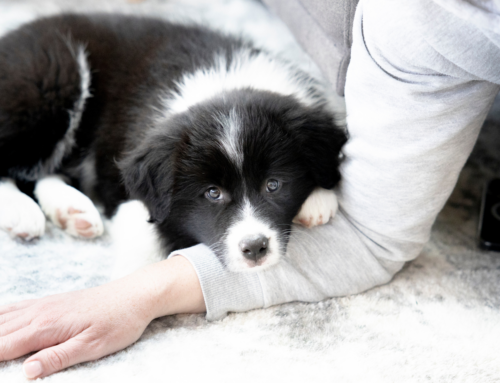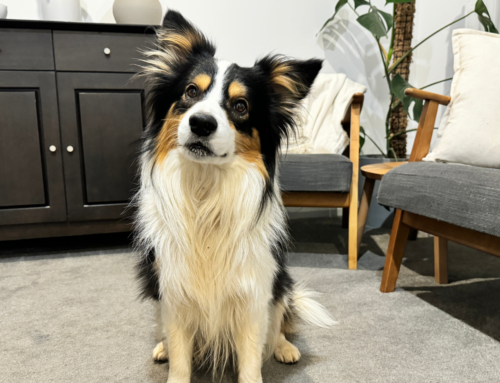Shancris Amazing Grace (Gracie)
Gracie is our second foundation bitch, our little red lady and an energetic bundle of joy!
Gracie was bred and loved by Christine Northeast at Shancris Border Collies before joining us at eight weeks old at the end of July 2025. I was fortunate to have ‘pick of the litter’ and I knew as soon as I visited the litter at 5 weeks old, that she would join our family!
Gracie is red and white (ee*) with classic border collie markings. She’s a quality dog and I look forward to showing her in the conformation ring in the near future.
Gracie is the family clown and loves to ‘sploot’ (lay fully flat on her tummy with her legs flat out behind her)! She is very silly, always up for a play and loves meeting people and other dogs. She is my most enthusiastic dog with the tug toy and although she loves a good treat, if her reward is a tug session with me, then that seams to be the currency of choice!
We look forward to teaching Gracie obedience, flyball and agility in the future!
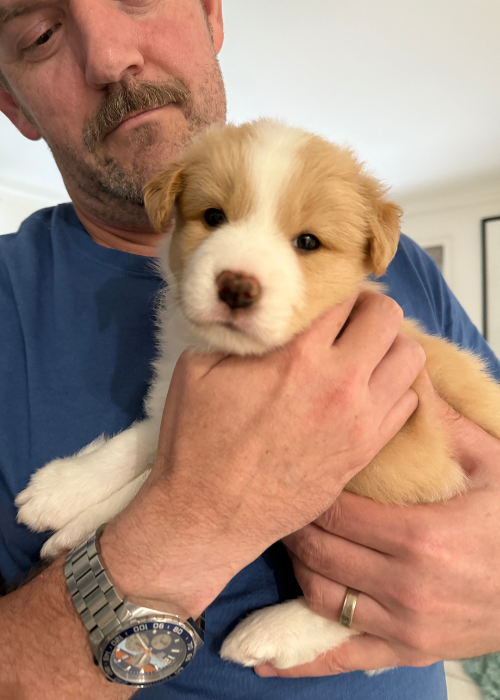
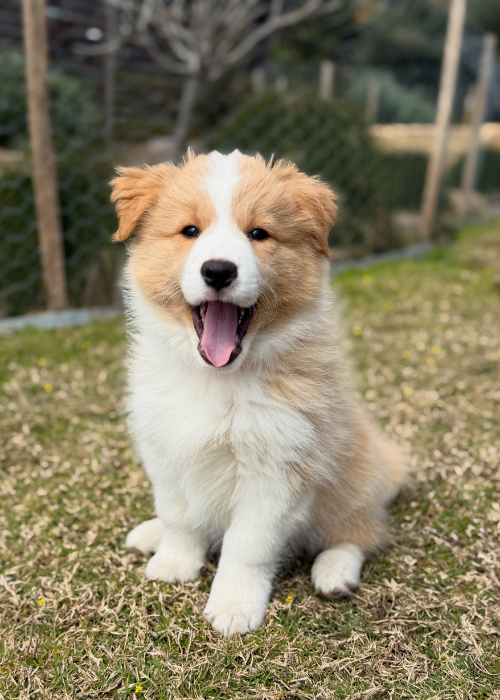
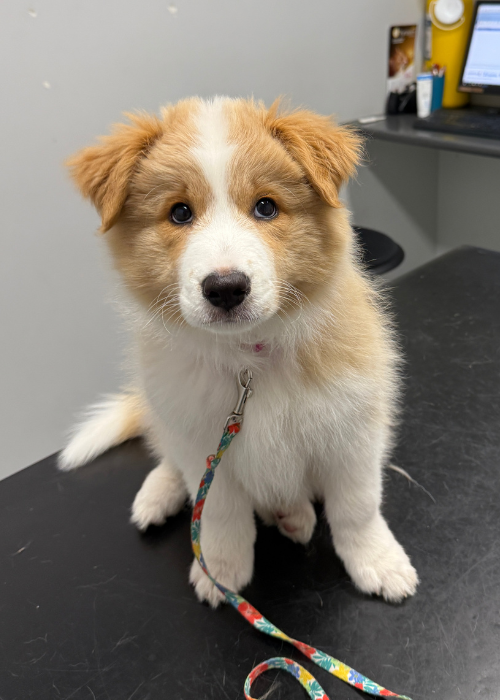
Pedigree: Shancris Amazing Grace
| Breed: Border Collie | Bred by: C Northeast |
|---|---|
| Sex: bitch (female) | Owned by: K Freeman |
| Date of birth: 26 May 2025 | Handled by: K Freeman |
| Call name: Gracie | Waitlist is open for future litters (early 2027) |
| DNA: not complete yet | Elbow & hip xrays: not complete yet |
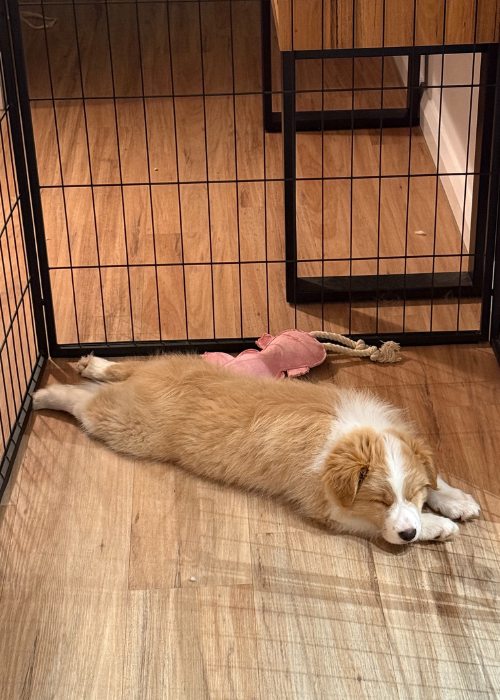
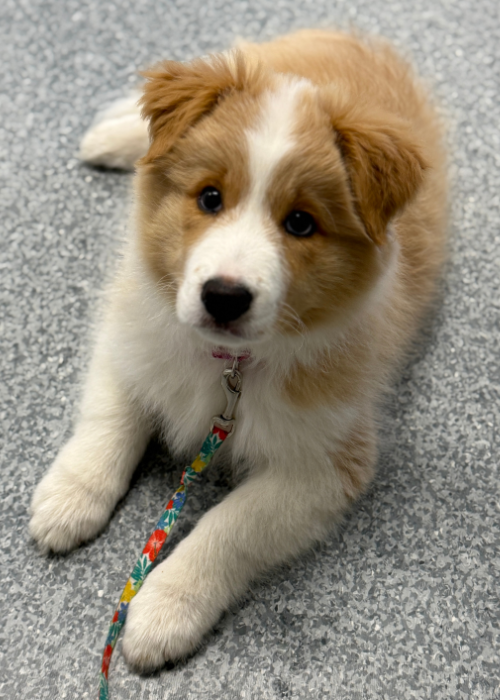



Achievements:
To be achieved!
——
*In simple terms, the “ee” gene in a red and white Border Collie is what makes the dog red in the first place.
Here’s a breakdown:
Pigment Types: All dogs have two basic color pigments they can produce:
- Eumelanin: This is the black pigment. It can be modified to become brown, blue, or lilac, but its base is black.
- Phaeomelanin: This is the red/yellow pigment.
The “E” Gene: The “E locus” is a gene that controls where these pigments are placed on the dog’s coat.
- Dominant ‘E’: A dog with at least one dominant ‘E’ gene can produce black pigment (eumelanin) in its coat. This is why most Border Collies are black and white.
- Recessive ‘e’: A dog with two copies of the recessive ‘e’ gene (written as ee) cannot produce any black pigment in its coat. It can only produce the red/yellow pigment (phaeomelanin).
So, when a Border Collie has the ee gene, its coat will be red, even if it’s genetically “supposed” to be a different color. The ee gene “masks” or “hides” the black pigment, making the dog’s coat appear red, yellow, or cream. The “red” can vary in shade, from a light cream to a deep copper red.
The dog can still have the typical white markings of a Border Collie; the ee gene just affects the colored parts of the coat. Its nose, eye rims, and paw pads, however, will still show its underlying genetic color. For example, a red Border Collie that is genetically black will have a black nose, while one that is genetically brown will have a brown nose.




